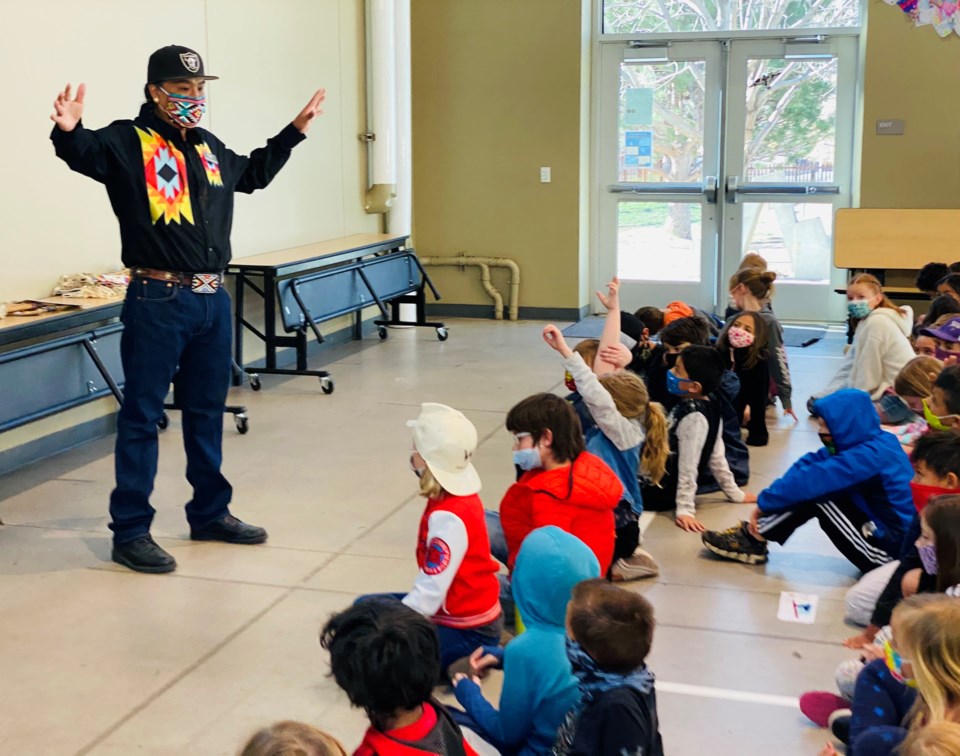Editor’s note: This story was originally published by Aspen Public Radio and was shared via AP StoryShare.
Skyler Lomahaftewa is a Basalt resident and a member of the Uncompahgre band of the Ute tribe. In the winters, he gives snowboard lessons at Aspen Snowmass and in the summers, he does audio-visual work for events like Food & Wine and the Aspen Ideas Fest.
Every year around this time, Lomahaftewa goes back to the Northern Ute Reservation in Utah, where he grew up, to prepare for the annual bear dance. Now he’s trying to bring the spring tradition back to the Roaring Fork Valley.
“I often think about my connection here to this Valley as historical Uncompahgre Ute homelands, and being a bear dance chief,” he said. “This is where the bear dance was born, in these Rocky Mountains.”
Like the bear dance, Lomahaftewa’s family has roots in the Rocky Mountains, but under Governor Pitkin’s orders, the Uncompahgre Ute people were forcibly removed from areas like the Roaring Fork Valley and forced onto reservations around 1880. As far as Lomahaftewa knows, he’s the only Northern Ute tribe member who lives in the Valley, and he’s noticed that a lot of people don’t know much about Ute history or what life is like on the reservations today.
Since 2012, he’s been partnering with the Aspen Historical Society’s education director, Nina Gabianelli on a traveling program for elementary and middle school students in the Roaring Fork and Colorado River Valleys.
“I tell native stories and share the history of the native people; what it was like then, what happened with the removal,” Gabianelli said, “and then Skyler shares about what it is like now.”
While the majority of their work together is in the schools from Aspen to New Castle, Lomahaftewa and Gabianelli also go to Eagle and Gypsum.
“The main thing to impress on these young minds is that native people and Ute people are alive,” he said, “we exist.”
Lomahaftewa plans to start his own nonprofit to continue cross-cultural conversations and eventually bring the annual bear dance back to the Roaring Fork Valley.
“My own little niece and nephew are avid bear dancers and they’re always asking me if we're having bear dances here, and I always tell them, ‘I hope so,’” Lomahaftewa said.


.jpg;w=120;h=80;mode=crop)
